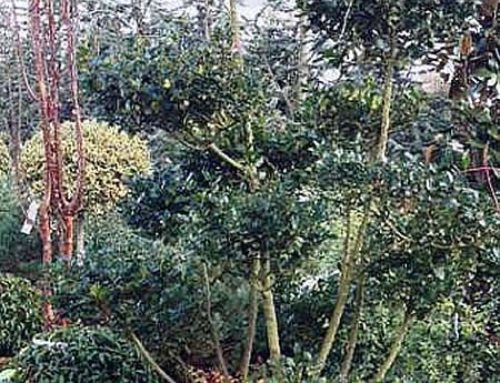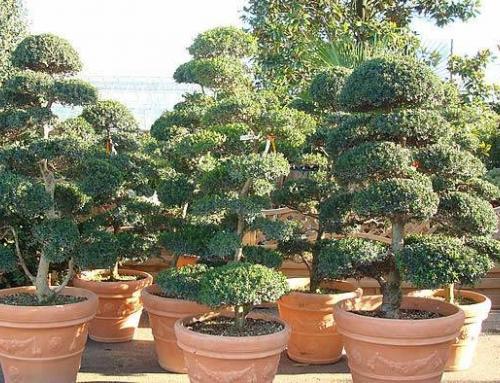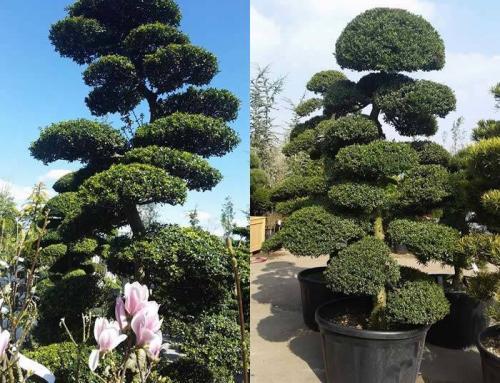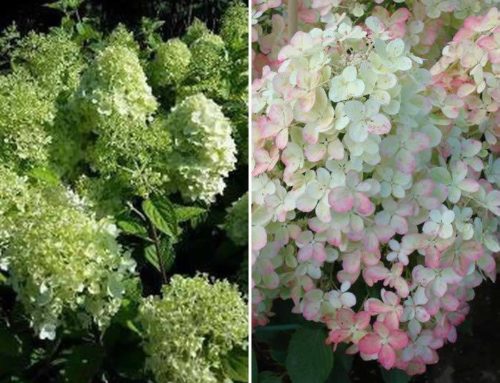You might think of topiary plants as uniquely British, but, in fact, the art of training living green sculptures first became popular in the ancient civilizations of Greece and Rome. Historical sources can confirm that topiary art was particularly popular in ancient Rome. It was a close friend of Julius Caesar who reintroduced the noble craft of training shrubs into intricate forms, creating a new gardening trend in the empire. Not long after, the ancient capital was teeming with scenes of the hunt such as elaborate animal figures and geometrical shapes, all sculpted out of evergreens.
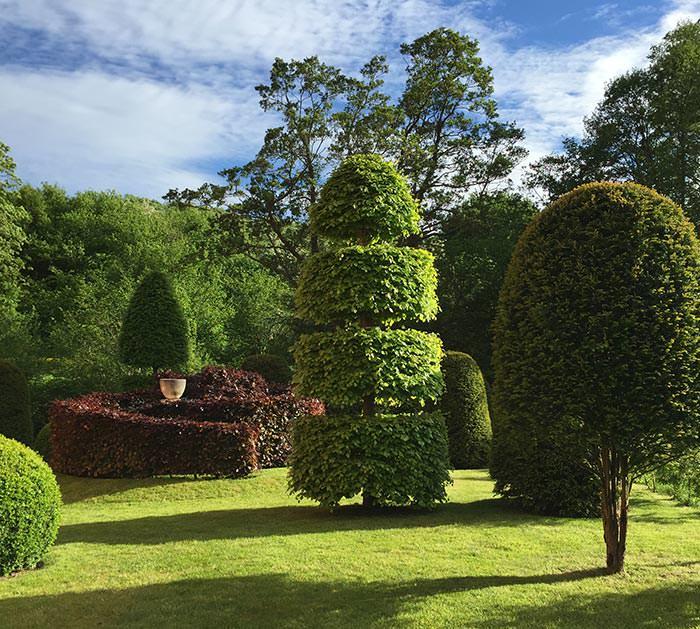
While Topiary may have become one of the most distinct marks of English gardens, this art form originates from ancient Rome.
The trend of topiary garden art was not short-lived: the first written accounts of topiaries are dated from around 44 BC. Topiaries were introduced by the Romans to various cultures all across the world, and not even the subsequent fall of the empire managed to dampen the popularity of these beautifully shaped ornamental plants. Even now, millennia later, topiary art remains as popular as it was then. In the United Kingdom, this gardening art form has been well-known and practiced ever since the Medieval times. The most popular topiaries of the Dark Ages were hedges, galleries, and, more rarely, so-called wedding cake topiary trees.
Brief History of Topiary Art in the United Kingdom
In the 1500s, topiary art in the United Kingdom took the form of the knot gardens. Ornamental gardeners were most inspired by complex geometrical design or knotwork, which was achieved by planting a variety of aromatic plants and culinary herbs inside a square frame made of boxwood. What is even more interesting, all of these breathtaking labyrinthine designs were created with much simpler tools than those that are available to us today. In the 16th century, clipping was done with very sharp but small knives, until a tool similar to modern day shears came into use during the reign of James I. A century later, baroque style from France and Netherlands found its way to Britain’s landscape, when the art form of topiary design was once again instrumental in the process of creating impressive gardens. In fact, Levens Hall garden in Cumbria was created by a French gardener during this era and is considered to be the oldest topiary garden in the world. Even though it was designed in the 17th century, its complex and unusual topiaries are still regarded with awe. In fact, the more mature the sculpted plants become, the more impressive they are.
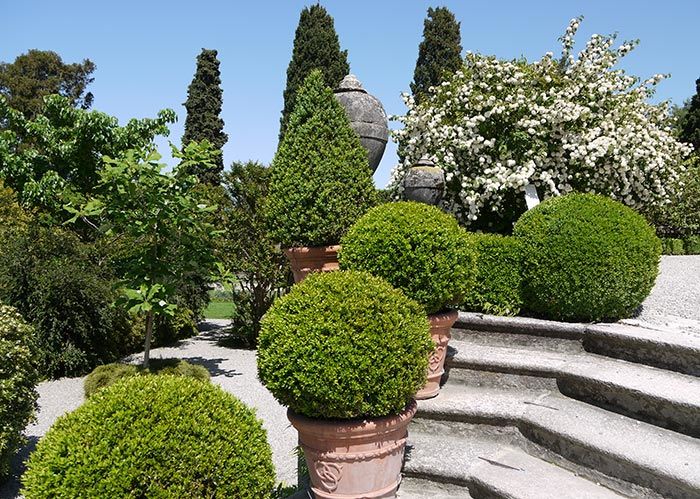
Unlike the maze-like knot gardens of 16th century, modern topiary art favours simple yet striking designs.
In the 18th century, however, topiary art experienced a significant decline in popularity. The downfall began with a satiric essay penned by Alexander Pope in The Guardian in 1713, which mocked living green sculptures. Additionally, landscape designers, like the renowned Capability Brown, turned to a more natural-looking, “wilder” style of gardening design, upstaging the strict, architectural form of meticulously sculpted yew topiary, box topiary, and privet shrubs.
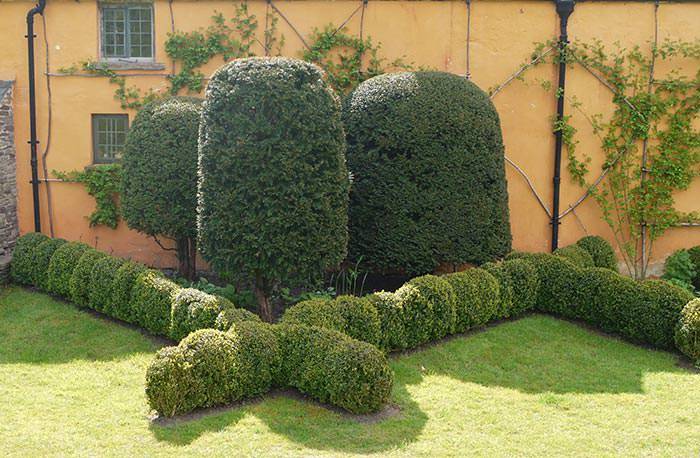
The architectural depth of topiary is just one of the reasons why it appeals so much to modern gardeners.
Thankfully, in the Victorian Era, Britain’s passion for the noble art of topiary was rekindled once again and there was much reintroducing of architectural topiary forms to the landscape. As the Victorian plant hunters such as Joseph Hooker found ways to send exotic plants and/or seeds back to Blighty, formal structured backdrops & parterres were back in fashion as the Victorians sought a framework in which to showcase their exotic camellias and rhododendrons.
Type of Plants Used for Topiary Training
Given the long and rich history of topiary art, one has to wonder, did the choice of plants vary and change as much as topiary trends through time? While topiary art has seen many changes, gardeners have been clipping the same cultivars throughout the millennia. With its lush evergreen foliage and easily trainable habit, box was the first shrub to be used for topiaries. Romans reintroduced it to the United Kingdom, and it wasn’t until the 17th century that yew became an equally popular alternative. Even today, these two evergreen shrubs are a favourite with topiary artists: granted, there are more varieties and hybrids of the cultivars to choose from, too.
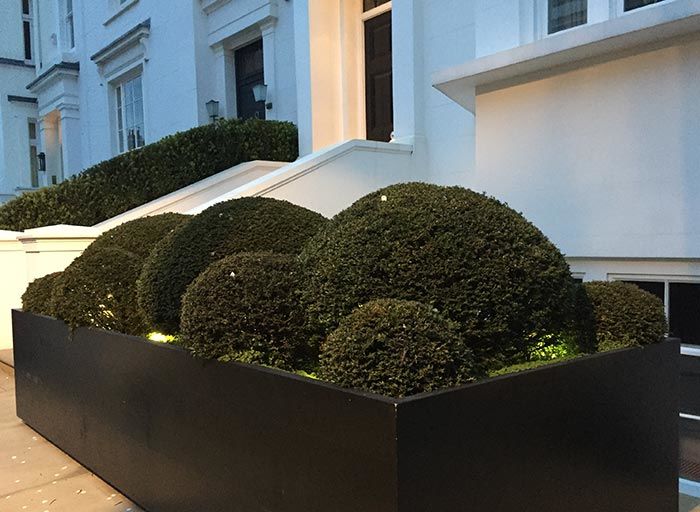
Box shrubs remain one of the most popular plants for topiary art, although other evergreens such as yew and privet are equally attractive.
As the gardeners became ever more creative with their designs and topiary art evolved, throughout the years other small-leaved evergreens which have a dense growth habit became popular as well. In addition to box and yew, ornamental landscape designers used shrubs such as privet, ilex crenata (japanese holly), and many other evergreen shrub varieties. More recently, conifers have been clipped and shaped into sculptural forms – for example these White Cedar Spirals or Leyland Cypress Pom Poms. Deciduous trees can also be used to create impressive shapes such as the much loved Hornbeam.
Contemporary Topiary Trends in the United Kingdom
In today’s urban city gardens where space is at a premium, modern gardeners can find much to delight them in topiary plants: ease of maintenance, compact habit and high visual appeal. With the right choice of topiary plants, you can transform your garden from mundane to stunning, and do so without much effort and with a plant form that can be easily pruned so that it won’t take up too much space. Whether your preferences gravitate more towards clean, simple designs and architectural style, or you prefer more detailed, living green sculptures in various forms and shapes, you can find all styles of topiary trees and shrubs right here at Paramount Plants & Gardens.
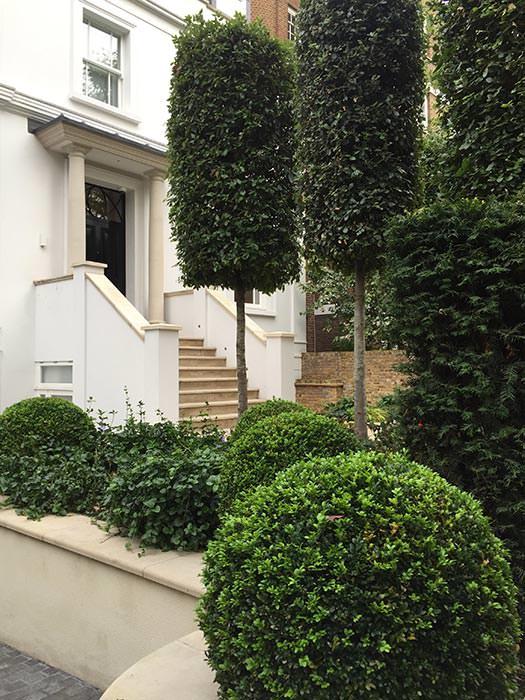
Topiary remains a popular choice, especially for urban gardeners who appreciate their low-maintenance needs and attractive appearance.
Over the years, our collection of topiary plants has grown to an impressive selection of most types of standard topiaries, such as topiary balls or globes, spirals or cones as well unique one-of-a-kind topiary sculptures including various animal shapes and sporting themes.
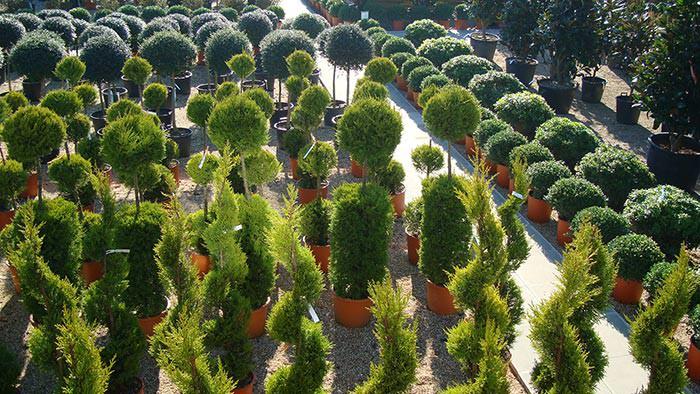
Paramount Plants & Gardens have an impressive selection of all types of topiary trees.
Additionally, Paramount Plants & Gardens offer a vast choice of Niwaki pruned cloud trees. The lovely and unusual forms of cloud trees are achieved by carefully training & pruning holly or pines (usually) over the course of many years, to achieve the distinct cloud-shaped look of the foliage. This ancient Japanese art is not a quick process but the result is a living sculpture which becomes a natural centre-piece for the garden.
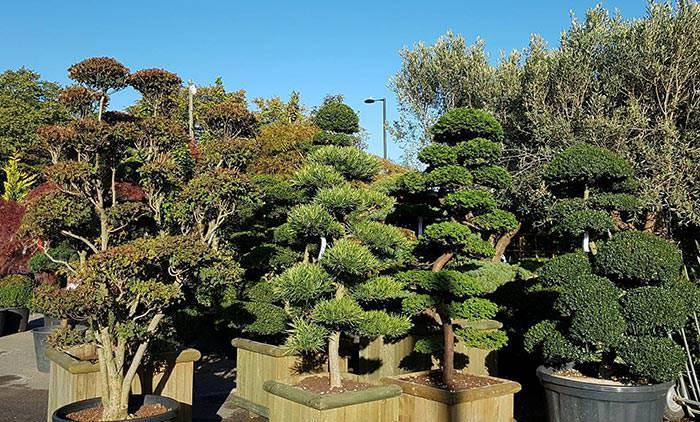
The extraordinary Japanese cloud tree topiaries add visual interest to any landscape.
If you have any questions about the topiary plants we offer, feel free to drop us an email. Our specimens can be seen in person at our London plant centre, or ordered online – we provide nationwide delivery!
Paramount Plants & Gardens is a member of the European Boxwood & Topiary Society (EBTS).

